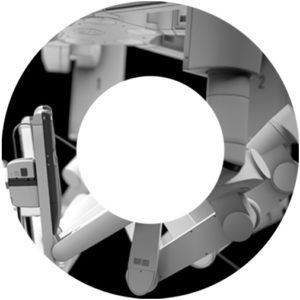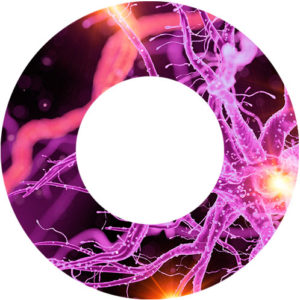Five AI applications to create a more inclusive world
There is a controversial debate when dealing with AI due to its potential risks. Its proper application could create a more inclusive world, with fewer barriers. This is important because, according to the WIPO Technology Trends 2021: Assistive Technology report, more than one billion people need assistive technology, and this organization estimates that in 2050 it will reach 2,000 million. However, a survey for the European Disability Forum has revealed that 50% fear that emerging technologies may cause discrimination.
The experts John Costello, program director of the AAC program at Boston Children’s Hospital, and Eduardo Jáuregui, CEO of IRISBOND technology, have analyzed this at ISAAC -one of the most relevant international events in Augmentative and Alternative Communication (ACA). Their main conclusion is that the benefits outweigh the risks as long as human rights are respected. They pointed out five applications of AI to create a more inclusive world.



Five AI applications to create a more inclusive world
Artificial vision
Opportunities: identify objects or people, read a description of images aloud (including expressions), wheelchair control, automated visualizations or descriptions of scenes, vocabulary capture tools, valuable labels and prompts, web interactions, or control of the environment, among others.
Risks: privacy concerning photos and facial recognition or discrimination due to facial standards.
Knowledge representation and reasoning
Opportunities: Natural language dialogue, classification systems, diagnostic engines, and prediction systems, translating sound into visual representations for the deaf or hard of hearing, creating captions and real-time translations, or AAC assessments, labeling people, objects, and places and having the system generate simple phrases to help create a personal narrative.
Risks: bias in assessment and prediction, which could create discrimination.
Natural language processing
Opportunities: Word and message prediction, automated narration, language generation, speech recognition in dysarthria, non-standard speech translation in real-time, adaptation to the communication style, vocabulary, and specific needs of each person.
Risks are autonomy and individuality may be compromised, such as with inappropriate vocabulary choices in formal and informal settings.
Machine Learning
Opportunities: Personalization of word prediction and speech synthesis, tuning or calibration of alternative access systems, adding tones to conversations to improve communication and emotionality.
Risks are historical discriminations or prejudices and lack of diversity in the data.
Robotics
Opportunities: Social robots, assisted learning, intelligent motorized mobility, robots that allow remote work.
The risks are reduction of human interaction and conversation, which would affect social development, and isolation of people with disabilities.
…
Discover our technology
More about us!
